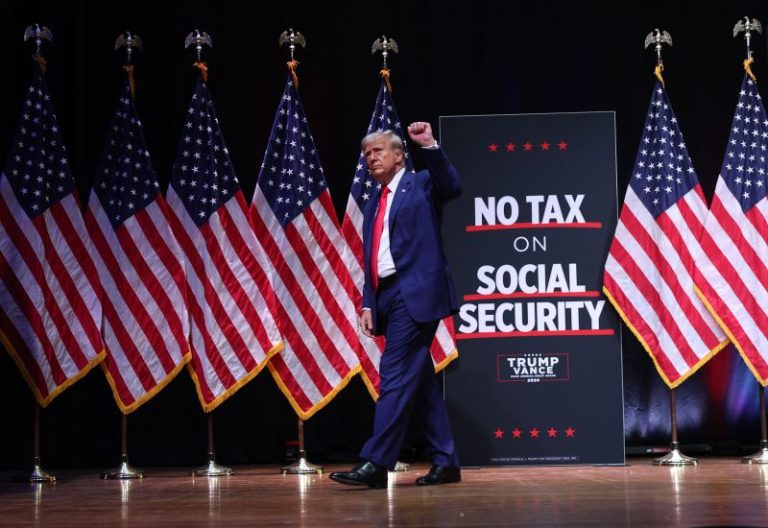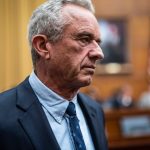In his recent speech in North Carolina, Former President Donald Trump hinted at a potential escalation of tariff strategies aimed at reshaping America’s trade relationships. Analyzing his address provides valuable insights into the potential future direction of U.S. economic policies.
The speech echoed Trump’s long-standing commitment to challenging trade imbalances and protecting American industries. By expressing openness to expanding tariff plans, the former president underscored his belief in the effectiveness of leveraging tariffs as a tool for recalibrating global trade dynamics. Trump’s emphasis on the need to protect American workers and industries resonated with his core base of supporters who view his stance on trade as a crucial component of his America First agenda.
While Trump’s approach to trade has been characterized by its disruptive nature, it has also prompted a reevaluation of trade relationships and agreements. By implementing tariffs on countries like China, the Trump administration sought to address issues such as intellectual property theft and unfair trading practices. The willingness to consider the expansion of tariff measures reflects a continuation of this assertive stance on trade.
However, the prospect of expanding tariff plans also raises concerns about the potential implications for global trade stability. Trade disputes and tariff escalations can lead to retaliation from trading partners, creating a ripple effect that impacts businesses, consumers, and economies worldwide. As such, any decision to increase tariffs must be carefully evaluated to minimize unintended consequences and ensure that the overall economy is not adversely affected.
Trump’s signaling of openness to expanding tariff plans underscores the ongoing debate surrounding the efficacy of using tariffs as a tool for achieving economic objectives. Proponents argue that tariffs can help level the playing field and protect domestic industries from unfair competition. On the other hand, critics warn of the negative effects of tariffs on consumer prices, supply chains, and overall economic growth.
Moving forward, the Biden administration will need to navigate the complex terrain of trade policy, taking into account both domestic concerns and international repercussions. Balancing the need to protect American interests with the imperative of maintaining healthy trade relationships will require a nuanced and strategic approach. By closely monitoring developments in trade policy, stakeholders can gain valuable insights into the evolving landscape of global trade dynamics.



